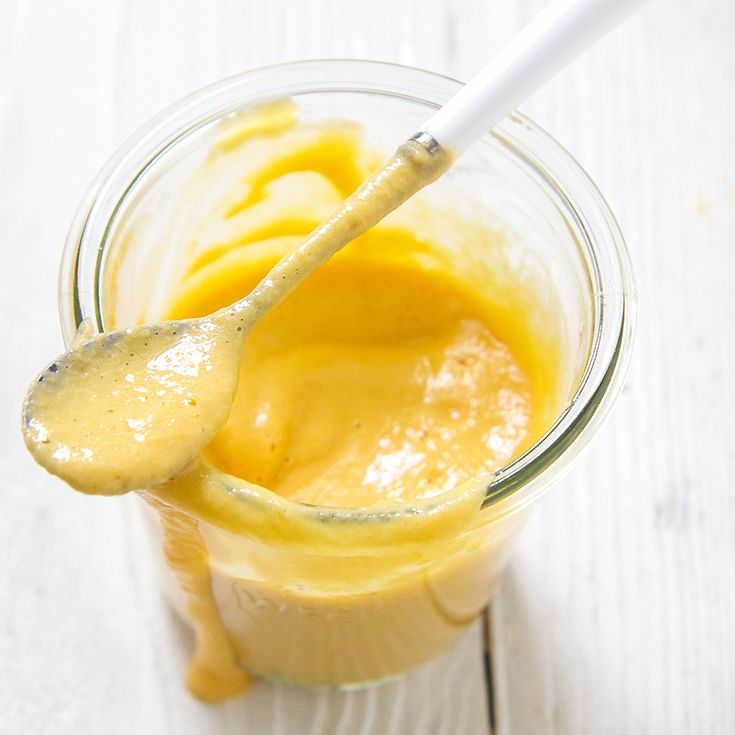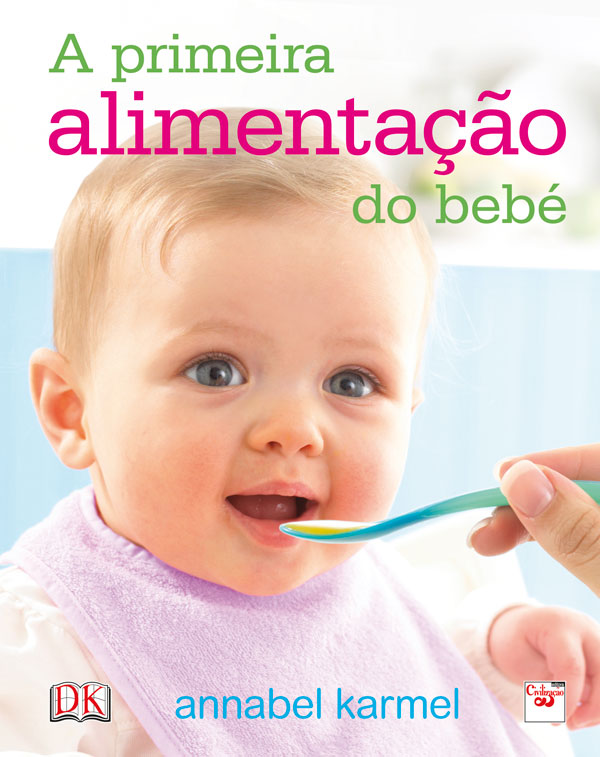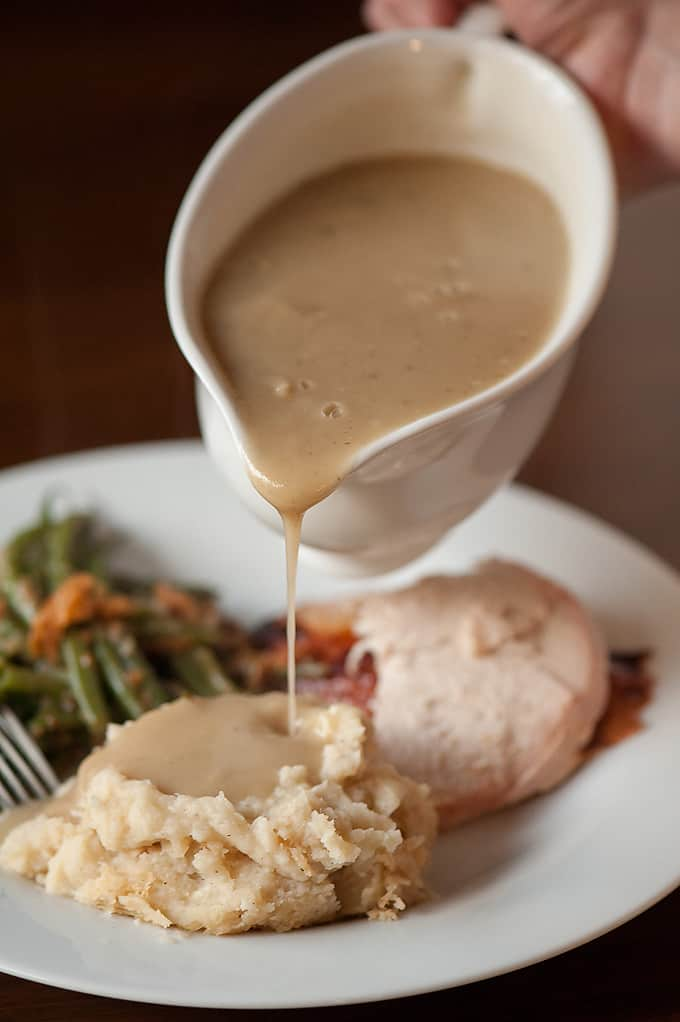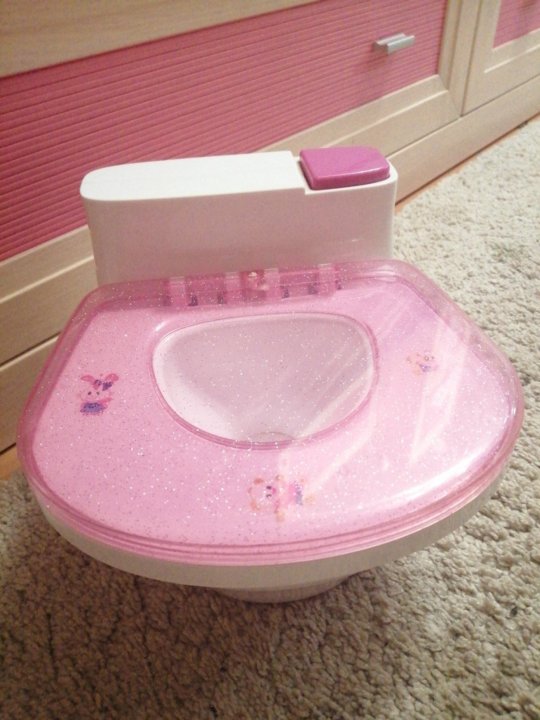When can i feed my baby mushrooms
Can Babies Eat Mushrooms?
Mushrooms are a flavorful treat that come in a great variety of textures and tastes for your baby, and you, to enjoy.
Here are a few words of caution about mushrooms, information about their healthy benefits, and a few ideas for serving them.
When it comes to mushrooms, stick to what you can buy in a store. Mushrooms are a fungus, an organism that feeds on organic material, and they can grow just about anywhere.
There are plenty of types of mushrooms in the wild that will make you very sick, but the mushrooms sold in your grocery store or farmers market won’t be one of them.
There is no strict recommendation from medical organizations or the government against eating mushrooms, once babies start eating solid food. Many organic, healthy eating, and parenting websites suggest waiting until children are about 10 to 12 months old before introducing mushrooms into their diet. Some pediatricians and natural food experts recommend always cooking mushrooms before eating them, especially for children.
Researchers have found a number of benefits to including mushrooms in your diet, and that goes for babies too.
Some mushrooms have more potassium than a banana. They also are a good source of iron, fiber, and selenium, an important mineral. If they have been exposed to light while they grow, several varieties of mushrooms are one of the best plant sources of vitamin D you can eat. Vitamin D helps build strong bones and may help fight against colon cancer.
A small percentage of people may be allergic to mushrooms. The risk is particularly low when eating mushrooms but because mushrooms are a fungus, they release spores into the air. Those spores can cause allergies similar to the kind caused by pollen or mold.
Mushrooms can be a good option for a baby who needs soft foods that can be cut to a safe-to-eat size. Mushrooms have a lot of flavor, some wonderful vitamins and minerals, and are soft enough to be eaten by someone who only has a few teeth. If you decide to serve them raw to your baby, be sure to wash them carefully first.
Mushrooms can be a main dish, side dish, or a great addition to any dish. They can be sautéed, grilled, roasted, baked, or cooked just about any way you can think of.
Here are a few kid-friendly recipes from around the Web that feature mushrooms deliciously.
- Sauté mushrooms with butter or olive oil, garlic, and a little salt and eat them as a meal with rice or pasta, a side dish, a topping for meats, or with other veggies like spinach, green beans, or potatoes.
- Cute meatloaves in a muffin tin are full of veggies for healthy kids — and those following a paleo diet!
- Swap the meat for a portabello mushroom in burgers or cheesesteaks.
- This creamy pasta with mushrooms and spinach can stand on its own for a meal, or make a great side dish.
- Three ingredients in a slow cooker and you’ve got a tasty meal with portabello mushrooms and chicken.
- Let’s be real: Just about anything tastes good inside a tortilla with some melted cheese! Mushroom quesadillas are a good, friendly introduction for your little one.

- Rice, peas, mushrooms: Mushroom risotto is based on three simple ingredients with a delicious, comforting flavor.
And, of course, mushrooms make a great addition on pizza or in tomato sauce.
Remember that if your baby or toddler doesn’t love mushrooms on the first try, switch up the recipes and try another day. It’s worth it to get your little one to like these flavorful, vitamin- and mineral-rich disease fighters into their diet.
Can Babies Eat Mushrooms? Benefits, Risks And Recipes
This umami-rich veggie offers vital nutrients and health-promoting compounds to babies.
Research-backed
MomJunction believes in providing reliable, research-backed information to you. As per our strong editorial policy requirements, we base our health articles on references (citations) taken from authority sites, international journals, and research studies. However, if you find any incongruencies, feel free to write to us.
Image: Shutterstock
Mushrooms for babies can make a healthy addition to the solid food diet. The edible fungi come in various varieties, but only a few are edible. Some species of mushrooms, such as Amanita phalloides (Death cap), are poisonous, while Amanita muscaria (Fly Agaric) may cause stomach cramps and vomiting if eaten raw.
You must pick the right variety of mushrooms if you wish to include them in your baby’s diet. In this post, we acquaint you with the right age to introduce mushrooms to babies, their benefits, and precautions to observe while feeding them.
Mushrooms And Their Edible Varieties
There are approximately 2,000 different species of edible mushrooms (1). Out of these, the most popular edible species is Agaricus bisporus. It is sold in three different varieties: white button, cremini, and portobello (2).
The white button mushroom is the most commonly consumed mushroom in the world, followed by cremini or baby bellas, portobello, shiitake, straw, oyster, chanterelle, morel, porcini, and enoki (1) (3).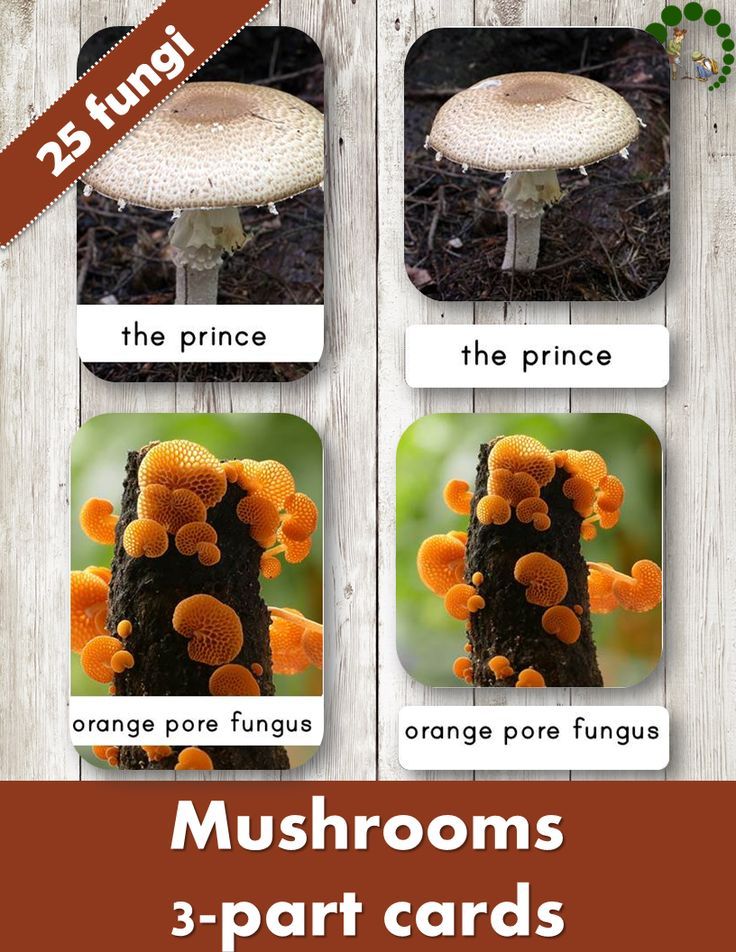 Most of these varieties can be grown at home. However, there are some wild varieties, which are grown in the wilderness and available in retail stores and farmer’s markets.
Most of these varieties can be grown at home. However, there are some wild varieties, which are grown in the wilderness and available in retail stores and farmer’s markets.
Is It Safe For Babies To Eat Mushrooms?
It is safe for babies to eat mushrooms when they are purchased from a retail store. This is important as certain wild varieties of mushrooms can cause discomfort to babies, while some others might be life-threatening.
Related: 6-Month-Old Baby's Food Chart And Recipes
At What Age Can Babies Have Mushrooms?
There are no clinical or non-clinical recommendations regarding when babies can eat mushrooms. Generally, mushrooms are given to babies once they are six months old. However, some parents might want to wait until 10-12 months of age. It is best to consult a pediatrician or pediatric dietitian before giving mushrooms to a baby.
Never feed raw or uncooked mushrooms Raw mushrooms should not be eaten raw by anyone, any age as they might cause discomfort and have an increased risk of poisoning. Mushrooms, when picked right and cooked well, can supplement your baby’s diet with a number of vital nutrients.
Mushrooms, when picked right and cooked well, can supplement your baby’s diet with a number of vital nutrients.
Nutritional Value Of Mushrooms
Mushrooms are much valued for their umami (savory) taste and unique nutritional composition. Each variety and sub-type has a unique nutritional profile. Below is a general nutritional profile of mushrooms with the quantities of key nutrients (4) (5).
- Water content: 80 – 90%
- Dietary fiber: 8 – 10%
- Protein: 12 – 35%
- Vitamins: C, B1, B2, B3, B9, and Ergosterol (precursor of vitamin D2)
- Minerals: Potassium, sodium, and phosphorus
Mushrooms are rich in certain bioactive compounds like polysaccharides, tri-terpenoids, low molecular weight proteins, glycoproteins, and immunomodulating compounds. It also contains negligible fat and is considered free of cholesterol.
Related: 5 High-Fiber Foods For Babies To Eat
Health Benefits Of Mushroom For Babies
The wide array of nutrients in mushroom can provide the following health benefits (6)
1. Immunity: Mushrooms possess immunity-strengthening properties. These properties are attributed to bioactive compounds such as polysaccharides (beta-glucan), triterpenoids, and minerals present in it (7). These compounds are known to boost innate and acquired immunity by activating different types of immune system cells (5).
Immunity: Mushrooms possess immunity-strengthening properties. These properties are attributed to bioactive compounds such as polysaccharides (beta-glucan), triterpenoids, and minerals present in it (7). These compounds are known to boost innate and acquired immunity by activating different types of immune system cells (5).
2. Heart health: The fermentable fiber Beta glucan is a form of soluble dietary fiber that’s been strongly linked to improving cholesterol and boosting heart health and oligosaccharides work as prebiotics (5). Enhanced prebiotic content of the diet stimulates the growth of beneficial microbiota that might help attenuate conditions such as obesity and cancer in the long run (8).
Image: iStock
3. Antioxidant effects: In vitro studies have shown that mushrooms have potential antioxidant effects when consumed on a regular basis. The polysaccharides present in mushrooms are attributed to its antioxidative effects (9). Besides polysaccharides, mushrooms have various vitamins, minerals, and ergothioneine, which is a sulfur-containing essential amino acid that has antioxidative effects (10).
Besides polysaccharides, mushrooms have various vitamins, minerals, and ergothioneine, which is a sulfur-containing essential amino acid that has antioxidative effects (10).
4. Anti-inflammatory: A review paper published in the Journal of Food Chemistry referred to edible mushrooms as “superfoods” and recommended it as a valuable addition to the daily diet (11). The presence of bioactive compounds such as polysaccharides, proteoglycans, terpenoids, phenolic compounds, steroids, and lectins are attributed to mushroom’s anti-inflammatory property (12).
5. Antimicrobial: A study published in the Iranian Journal of Pharmaceutical Research showed that mushrooms have strong antimicrobial activity in vitro (13). Also, mushrooms are considered to have an indirect antiviral effect due to the immunostimulating activity of polysaccharides (14). Mushrooms could also have a potential antifungal activity that could prove useful. However, more research is warranted to understand the mechanism of action.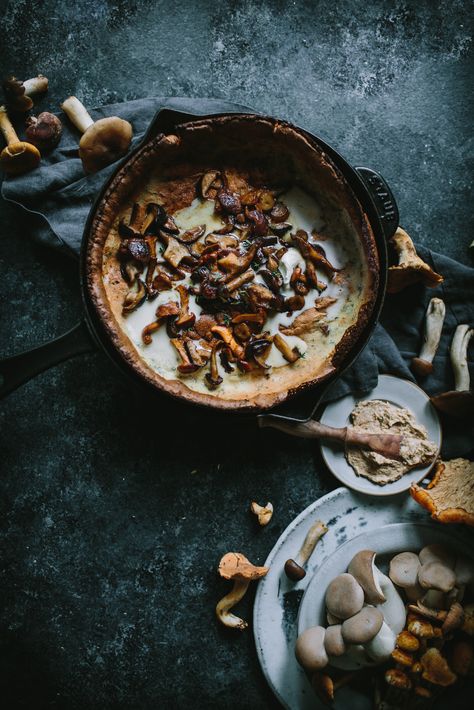
6. Hepatoprotective effects: Various studies show possible hepatoprotective (liver-protecting) effects of mushrooms (15). The studies also validate the use of mushrooms in folk medicine. Thus, the addition of mushroom in the baby’s diet could keep the liver healthy in the long run.
Mushrooms have their benefits, but it is also vital to know the potential risks of mushrooms.
Related: Mineral Oil For Babies: Safety, How To Use And Side Effects
Health Risks Of Eating Mushroom For Babies
Consumption of mushrooms can present with the following risks to a baby.
1. Allergy: Mushroom allergy can be air-borne, oral, and contact based. Lycoperdonosis is a rare respiratory illness caused by inhalation of spores of the Lycoperdon mushroom (16). Similarly, rare but possible cases of mushroom allergy caused by ingestion have been documented (17). Mushrooms are considered “antigenically-rich,” which means that they can contain more than one allergen (18).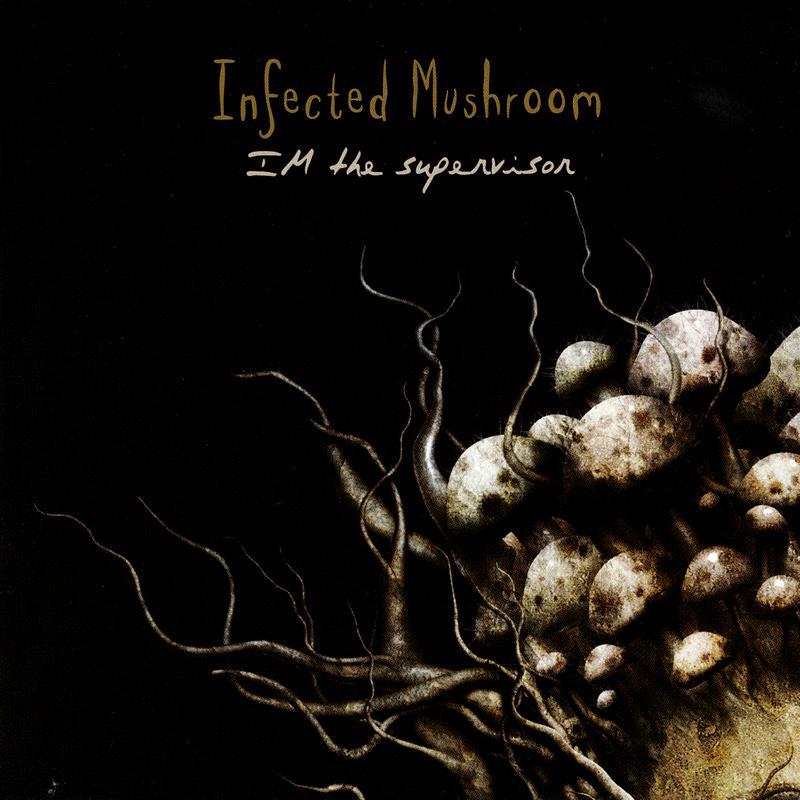 Still, mushrooms rarely cause an IgE-mediated hypersensitivity reaction (19).
Still, mushrooms rarely cause an IgE-mediated hypersensitivity reaction (19).
Image: iStock
2. Poisoning: Mushroom poisoning most commonly occurs due to the consumption of a wild mushroom. However, it could also happen due to the consumption of raw or undercooked mushrooms. The toxins that cause poisoning in such cases are largely unknown (20). Shiitake dermatitis is an example of a selective rash type that can occur when raw or undercooked shiitake mushrooms are consumed (21).
Mushrooms purchased from a reputable farm or retail store can be safely consumed. However, it is always wise to take precautions while selecting, storing, and preparing mushrooms to avoid any adverse effects.
Related: 5 Types Of Skin Allergies In Babies, Treatment & Prevention
Tips To Select, Store, And Prepare Mushrooms
The following precautions can help mitigate the risks of consuming mushrooms.
- Only buy mushrooms marketed as edible.
 Never choose wild mushrooms for babies.
Never choose wild mushrooms for babies. - Pick fresh mushrooms that have a firm texture, even color, and tightly closed caps.
- Clean mushrooms properly before cooking. To clean, soak them in water for ten minutes and then rub-off any dust or dirt visible on its surface.
- Cut off any visibly damaged section of the mushroom.
- Some mushrooms, such as shiitakes, need to have their stem trimmed before cooking.
- Fresh and cleaned mushrooms can be stored in a paper bag for a week. However, it is best to use them within a week.
Mushrooms can be a valuable addition to your baby’s diet. Below are some recipes that you might like to try to complement your baby’s daily meals.
Mushroom Recipes For Babies
Mushrooms can be added in soups, sautéed pieces as finger foods, mushroom curry added to brown rice, or grilled mushroom with dips. Below are a few recipes that you might like to try.
1. Mushroom soup
Image: Shutterstock
Mushroom soup can be a warm, comforting meal for your baby at around six months of age. Apart from being pleasing to the gut, it is filled with nutrients that are crucial for baby’s growth and development.
Apart from being pleasing to the gut, it is filled with nutrients that are crucial for baby’s growth and development.
You will need:
- 300 grams shiitake mushroom (freshly chopped)
- 700 grams oyster mushrooms (freshly chopped)
- 1/2cup sage leaves (freshly chopped)
- 3 large shallots (sliced)
- 4 cloves garlic (chopped)
- 3tsp thyme (minced)
- 2 bay leaves
- 1tsp freshly ground black pepper
- 1/3tsp turmeric
- Salt (to taste)
- Extra-virgin olive oil
- Water
How to:
- Take a thick bottom iron pan and put it on medium heat.
- Once the pan is heated, pour two to three tablespoons of oil in it.
- As oil gets warm, add shallots, and sauté for five minutes or until they turn light brown.
- While stirring constantly, add salt and garlic and cook for another five minutes.
- Now add thyme, sage, and mushrooms and mix everything well.
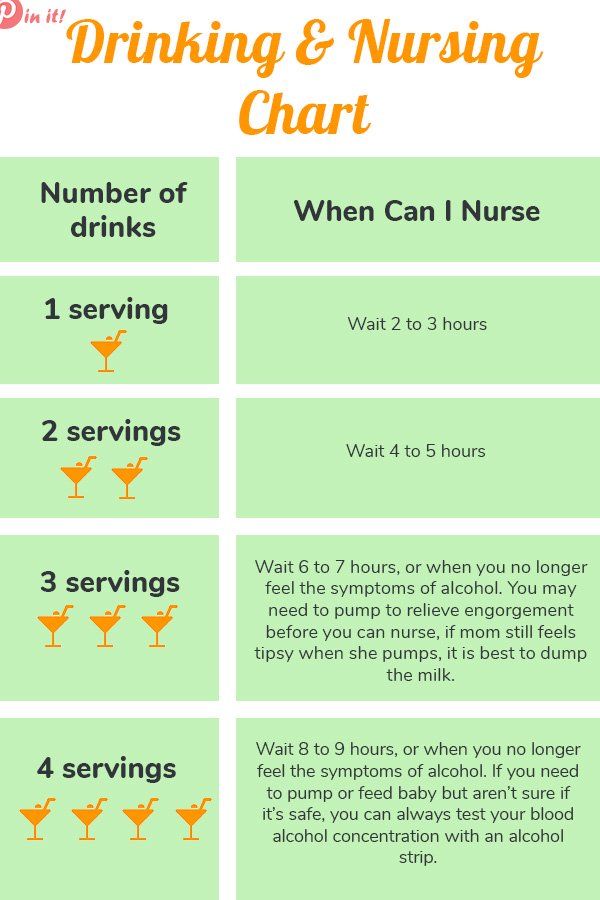
- Once everything is mixed well. Add bay leaves, turmeric, and water. Cover the pot, reduce the heat to low, and let the content in the pot simmer for 20-25 minutes.
- After 25 minutes, check for mushrooms, if they are tender, switch off the flame and remove bay leaves. Keep the pot aside and let it come to room temperature.
- Now, carefully blend the mixture for a couple of minutes or until you get a velvety, smooth paste. Add water to adjust consistency as the soup should be creamy, not too runny or too thick.
- Serve it warm with mashed potatoes.
Related: 6 Key Benefits Of Using Olive Oil For Babies
2. Stuffed cheese mushrooms
Image: Shutterstock
This recipe is a perfect addition to your baby’s finger food choices. It has the goodness of mushrooms and the richness of cheese. This recipe is packed with optimum nutrients for growing babies.
You will need:
- 200 grams white button mushrooms
- 1 onion (finely chopped)
- ¼cup cottage cheese
- 1/2cup mozzarella cheese (grated)
- 2tbsp bread crumbs
- 2 green chilies (finely chopped)
- 1/4cup coriander leaves (chopped)
- 2tbsp olive oil
- 1/2tsp tomato sauce
- 1/2tsp black pepper powder
- 1/2tsp oregano powder
- salt to taste
How to:
- Preheat the oven to 180 degrees Celsius.

- Meanwhile, wash mushrooms well in hot water mixed with salt. Clean them with fingers to ensure proper cleaning. Dry them with a kitchen towel.
- Now, twist the mushroom stems carefully and gently remove them from the mushroom caps. Chop these stems finely for the stuffing.
- Heat olive oil on medium heat in a pan.
- Once the oil gets warm, add garlic, green chilies, and chopped onions. Stir for a minute or until the onions become golden brown.
- Now, add the finely chopped mushroom stems in the mixture and fry for a few more minutes, till the mushroom stems have released all water. At this point, the mixture will look dry.
- Add pepper powder, salt, and bread crumbs. Stir well for another minute and remove the pan from the flame.
- Take a bowl and transfer the sauteed mushroom stem stuffing into it. Add grated cheese, oregano, and tomato sauce to it.
- Now, take the mushroom caps and stuff it with the stuffing. Press the filling tightly so that it doesn’t come out.
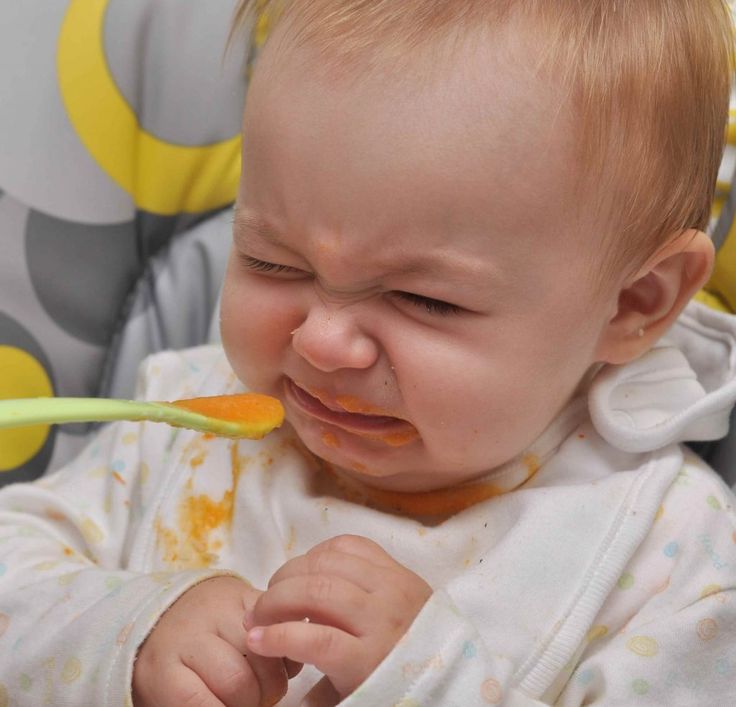 Sprinkle little grated cheese again on the top.
Sprinkle little grated cheese again on the top. - Take a baking tray, grease it with a few drops of olive oil. Now place all the mushrooms on it, leaving some space in between.
- Bake the mushrooms at 180 degrees celsius for 20 minutes or till you see the cheese melted with a golden crust.
- Serve these mushrooms hot with a dip or sauce of your choice.
Both these recipes can be included in any of the meals to supplement your baby’s diet in a wholesome manner.
1. How do I thicken mushroom puree for my baby?
You may add boiled and mashed potatoes, sweet potatoes, peas, pumpkin, or cheese to thicken your baby’s mushroom puree.
2. How long does mushroom puree last in the fridge?
Mushroom puree might last for about five days in the fridge. However, giving stale or frozen food to babies is not recommended, especially for those who are quite young and have been recently introduced to solids.
3. Can I steam mushrooms for the baby?
Yes, you can steam mushrooms for your baby as they become tender, which is easier for babies to digest.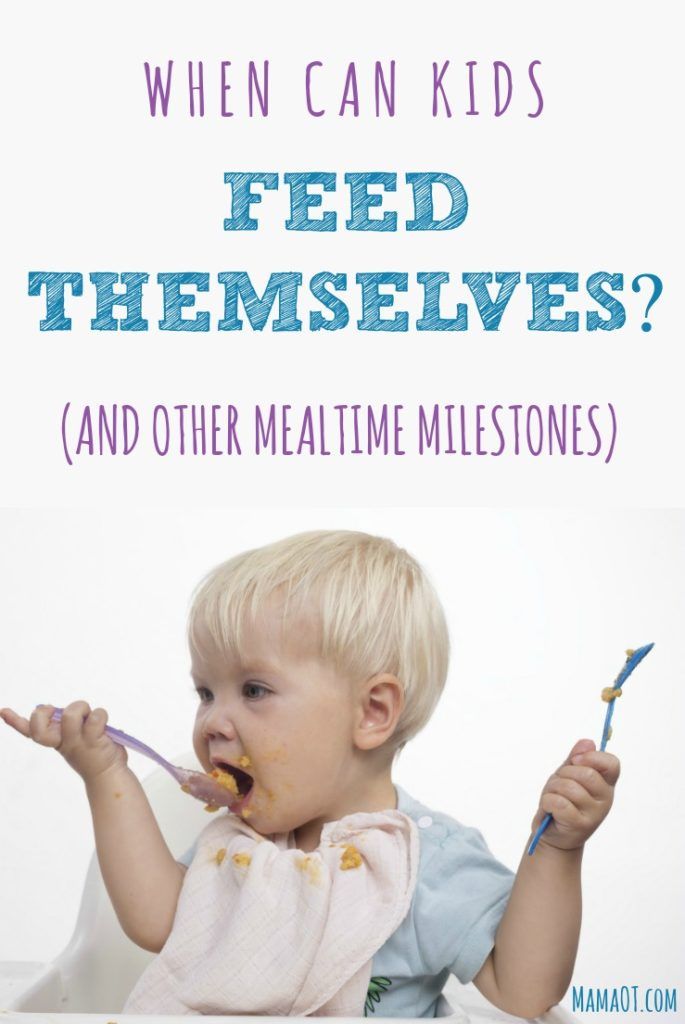
Many parents consider mushrooms for babies since it is a great way to add micronutrients, macronutrients, and other bioactive compounds to their diet. Store-bought mushrooms contain proteins, minerals, vitamins, fiber, polysaccharides, and immunomodulating compounds. These nutrients enhance immunity, improve heart health, and have anti-inflammatory effects on the body. However, since all babies are different, you may introduce a small quantity of cooked mushrooms initially and check for any allergies. If it suits your baby well, feed your baby mushroom in the form of soups or as part of other dishes.
Key Pointers
- Mushrooms are rich in water, protein, and other nutrients that help in boosting the baby’s immunity and keeping their heart healthy.
- Babies can consume thoroughly cooked mushrooms from retail stores.
- It is important to consult a doctor before feeding them mushrooms as they may develop allergic reactions or food poisoning.
References:
MomJunction's articles are written after analyzing the research works of expert authors and institutions. Our references consist of resources established by authorities in their respective fields. You can learn more about the authenticity of the information we present in our editorial policy.
Our references consist of resources established by authorities in their respective fields. You can learn more about the authenticity of the information we present in our editorial policy.
1. Mary Jo Feeney et al.; Mushrooms—Biologically Distinct and Nutritionally Unique Exploring a “Third Food Kingdom; National Center For Biotechnology Information
2. Mushrooms; Food Source Information; Colorado State University
3. Fun with Funghi: Garnish Your Meals with Mushrooms; Eat Right; Academy of Nutrition and Dietetics
4. Magnificent Mushrooms; American Society for Nutrition
5. Kaniyaiah Manikandan; Nutritional and Medicinal values of Mushrooms; Researchgate
6. Jill Balla Kohn; Are Mushrooms a Significant Source of Vitamin D?; Journal of the Academy of Nutrition And Dietetics
7. Jiao-Jiao Zhang et al.; Bioactivities and Health Benefits of Mushrooms Mainly from China; National Center For Biotechnology Information
8.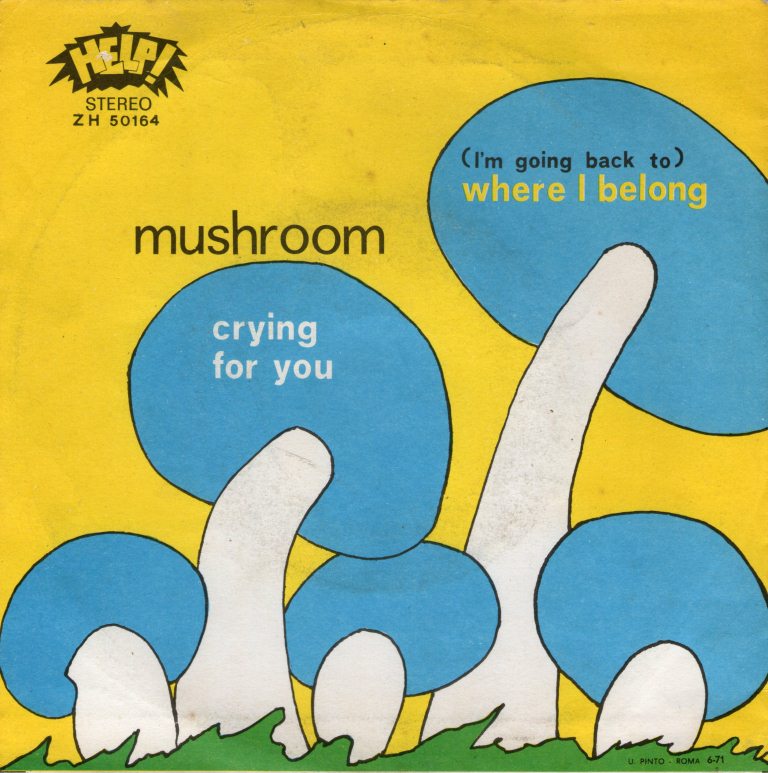 Muthukumaran Jayachandran et al.; A Critical Review on Health Promoting Benefits of Edible Mushrooms through Gut Microbiota; National Center For Biotechnology Information
Muthukumaran Jayachandran et al.; A Critical Review on Health Promoting Benefits of Edible Mushrooms through Gut Microbiota; National Center For Biotechnology Information
9. Mendel Friedman; Mushroom Polysaccharides: Chemistry and Antiobesity, Antidiabetes, Anticancer, and Antibiotic Properties in Cells, Rodents, and Humans; MDPI
10. Mary Jo Feeney et al.; Mushrooms—Biologically Distinct and Nutritionally Unique Exploring a “Third Food Kingdom; National Center For Biotechnology Information
11. Muszyńska B et al.; Anti-inflammatory properties of edible mushrooms: A review.; National Center For Biotechnology Information
12. Elsayed A. Elsayed et al.; Mushrooms: A Potential Natural Source of Anti-Inflammatory Compounds for Medical Applications; National Center For Biotechnology Information
13. Marijana Kosanić et al.; Mushrooms as Possible Antioxidant and Antimicrobial Agents; National Center For Biotechnology Information
14. Ulrike Lindequist et al.; The Pharmacological Potential of Mushrooms; National Center For Biotechnology Information
Ulrike Lindequist et al.; The Pharmacological Potential of Mushrooms; National Center For Biotechnology Information
15. Andréia Assunção Soares et al.; Hepatoprotective Effects of Mushrooms; National Center For Biotechnology Information
16. Respiratory Illness Associated with Inhalation of Mushroom Spores — Wisconsin, 1994; CDC
17. C. Inmaculada et al.; Tatjana Fischer et al.; Rare Ingestive Food Allergy to Mushroom Boletus badius; Acta DV; Aspergillus & Aspergillosis Website
18. Koivikko A and Savolainen J; Mushroom allergy.; National Center For Biotechnology Information
19. Oyindamola Stephanie Kayode et al.; Mushroom allergy: Case series; The Journal of Allergy and Clinical Immunology
20. Mushroom Poisoning Syndromes; The North American Mycological Association
21. Shiitake flagellate dermatitis; DermNet NZ
The following two tabs change content below.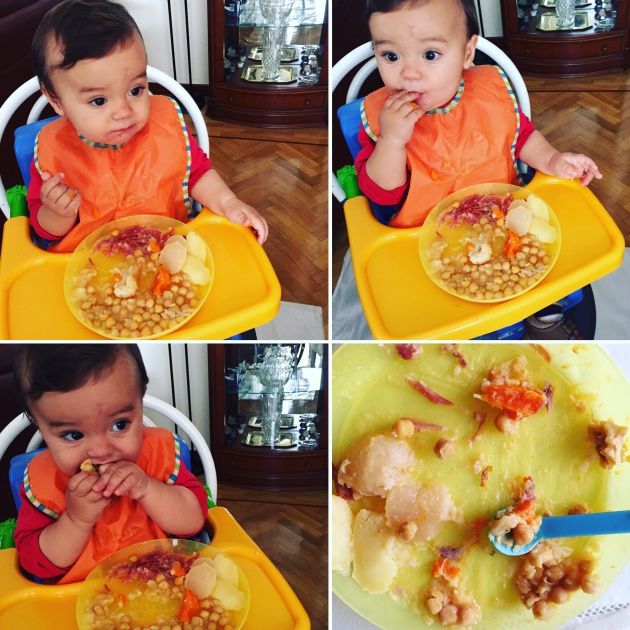
- Reviewer
- Author
Swati Patwal is a clinical nutritionist, a Certified Diabetes Educator (CDE) and a toddler mom with over eight years of experience in diverse fields of nutrition. She started her career as a CSR project coordinator for a healthy eating and active lifestyle project catering to school children. Then she worked as a nutrition faculty and clinical nutrition coach in different...
View Profile ›
Jyoti Benjamin has 25 years of experience as a clinical dietitian and currently works in Seattle. She focuses on teaching people the value of good nutrition and helping them lead healthy lives by natural means. Benjamin has a masters in Foods and Nutrition, and has been a longtime member and Fellow of AND (Academy of Nutrition and Dietetics) and the...
View Profile ›
Saffron During Pregnancy: Safety, Benefits And Side Effects
Saffron During Pregnancy: Safety, Benefits And Side Effects
Lemon For Babies: When To Introduce, Benefits And Side Effects
Lemon For Babies: When To Introduce, Benefits And Side Effects
8 Delightful Health Benefits Of Blueberries For Babies
8 Delightful Health Benefits Of Blueberries For Babies
Can Babies Have Turmeric? Health Benefits And Precautions
Can Babies Have Turmeric? Health Benefits And Precautions
Is It Safe To Drink Mosambi (Sweet Lime) Juice During Pregnancy?
Is It Safe To Drink Mosambi (Sweet Lime) Juice During Pregnancy?
Is It Safe To Eat Plantain During Pregnancy?
Is It Safe To Eat Plantain During Pregnancy?
9th month baby food: Feeding schedule with Tasty Recipes
9th month baby food: Feeding schedule with Tasty Recipes
Barley During Pregnancy: Safety, Health Benefits And Risks
Barley During Pregnancy: Safety, Health Benefits And Risks
9 Foods To Induce Labor Naturally
9 Foods To Induce Labor Naturally
From what age can mushrooms be given to children? – Pinsk Central Polyclinic
August 17, 2022
editor Current articles, healthy lifestyle
In an effort to diversify the child's diet, young mothers often forget to correlate the benefits and harms of individual products for the child's body. Mushrooms are a nutritious product, not for nothing they are called “forest meat”. But why not rush to introduce them into the children's diet?
Mushrooms are a nutritious product, not for nothing they are called “forest meat”. But why not rush to introduce them into the children's diet?
Firstly, mushrooms are extremely hard to digest foods. It's all about chitin, a substance found in mushrooms. The human body does not have the enzymes needed to break it down. Adults in this case are helped by beneficial bacteria contained in the intestines. For young children, whose digestive tract is still being formed, this product is especially heavy.
Secondly, it is mushrooms that have the ability, like a sponge, to absorb all sorts of harmful substances, including toxins, heavy metals, etc.
So at what age can mushrooms be introduced into a child's diet:
- Until the age of 2, mushrooms should not be present in children's food at all.
- After 2 years, so-called civilized mushrooms can be introduced into the children's diet - culturally grown, industrially processed and sold in stores champignons and oyster mushrooms.
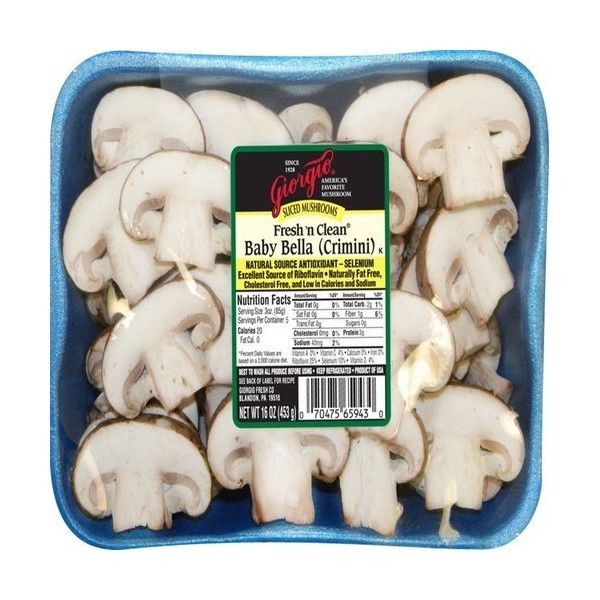 But gradually and little by little.
But gradually and little by little. - By the age of 7, the digestive organs of a child, as a rule, are already fully formed. Therefore, various types of mushrooms, both industrial and forest, can be gradually introduced into the child's diet.
- If a child has any problems with the digestive system, then the age of acquaintance with mushrooms for him is moved up to 12–14 years.
- With exacerbations of chronic gastritis and gastroduodenitis (inflammatory changes in the gastric mucosa, duodenal ulcer), as well as with biliary dyskinesia (disorder of the walls of the gallbladder and bile ducts), mushroom dishes are contraindicated.
Causes of mushroom poisoning:
- There is always a risk of making a mistake and confusing an edible mushroom with an inedible one. In such a situation, the risk of poisoning, including those incompatible with life, increases many times over. Never take mushrooms you are unsure about. Do not trust dubious reference books or the experience of familiar and unfamiliar mushroom pickers.
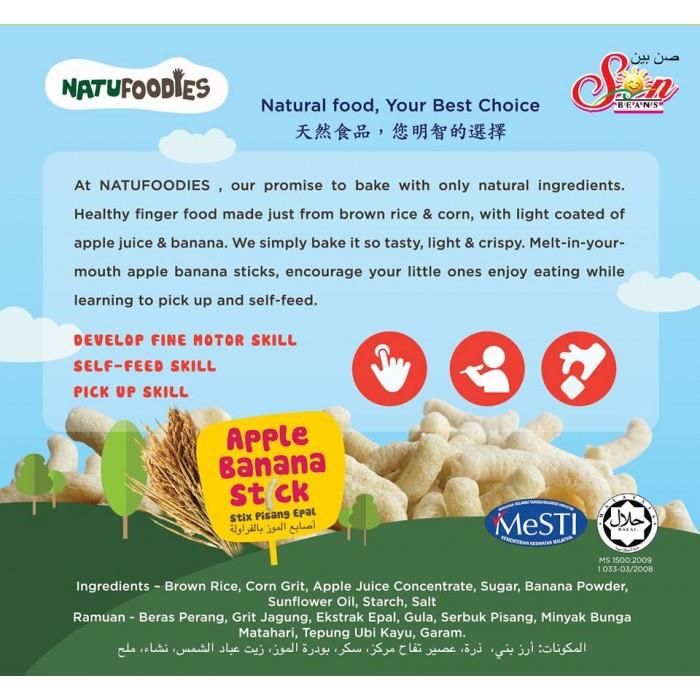 Mushrooms are not a product with which culinary experiments are possible.
Mushrooms are not a product with which culinary experiments are possible. - Forest mushrooms have the ability to accumulate toxic and radioactive substances, as well as salts of such heavy and light metals.
- Thus, a seemingly well-known edible mushroom (for example, boletus or chanterelle) may actually be a "dangerous poisoner". The more pollution in the soil or in the air in the area where mushrooms grow, the higher the likelihood of collecting toxic specimens.
- Never pick mushrooms along highways, near large plants and factories, as well as on the territories of military training grounds (various tests can be carried out there).
- Cooking technology violation. Often, poisoning can occur when eating mushrooms prepared without prior soaking and insufficient boiling. It is forbidden to eat, especially when it comes to children, any forest mushrooms raw or fried at the stake.
The first signs of mushroom poisoning can appear within 30 minutes after the mushrooms are eaten, and up to several days inclusive.
Symptoms of poisoning include:
- severe abdominal pain accompanied by nausea and vomiting, diarrhea;
- cold extremities;
- headache;
- general weakness;
- increased heart rate and low blood pressure;
- high temperature;
- decrease in urine volume and liver failure.
Failure to provide timely and qualified assistance may result in death.
What to do in case of mushroom poisoning?
- Call an ambulance immediately at the first symptoms.
- Before the arrival of the doctors, wash the stomach, making them drink plenty of water, and then induce vomiting.
- Give enterosorbent: activated carbon, smecta, enterosgel.
- If there is no diarrhea, a laxative may be taken.
- Constantly let the patient drink as much liquid as possible (water, chilled strong tea, mineral water), this will help to quickly remove toxins from the body, rinse the stomach.
 This is especially true with vomiting and diarrhea, when the body loses a large amount of water
This is especially true with vomiting and diarrhea, when the body loses a large amount of water
No need to rush to feed your child mushrooms. The later you give him the product, the better. Be sure to follow the processing rules during the preparation of forest species. Buy only fresh and quality products.
Mushrooms in the modern world are more of a delicacy than an essential food item. If parents have a desire, they can introduce their child to mushroom dishes. If not, then even without mushrooms, there are a sufficient number of products that can make a child's diet nutritious and varied.
Material provided by the branch "Children's Clinic"
News -At what age can mushrooms be given to children?
At what age should mushrooms be given to children?
Children under 2 years of age should not eat mushrooms.
Children from 2 to 5 years old can be given industrial mushrooms (mushrooms, oyster mushrooms, etc. ). Wild mushrooms in children of this age are very difficult to digest. Industrial mushrooms are best finely chopped, boiled for about 30 minutes and served as sauces.
). Wild mushrooms in children of this age are very difficult to digest. Industrial mushrooms are best finely chopped, boiled for about 30 minutes and served as sauces.
Children over 5 years of age may be given mushroom soup, but not more than once every 2 weeks.
From the age of 7, various types of mushrooms, both industrial and forest, can be gradually introduced into the child's diet.
If a child suffers from pathology of the gastrointestinal tract (fermentopathy, disruption of the gallbladder, constipation, etc.), then such children under 10 years old are strictly forbidden to eat mushroom dishes.
Why shouldn't small children be fed mushrooms?
Mushrooms contain many useful and harmful substances. Among the useful substances are proteins, fiber, vitamins of groups B, A, C, PP, organic acids, potassium and phosphorus. All nutrients are overwhelmingly located in the mushroom cap. There are practically no nutrients in the legs.
But, mushrooms contain chitin, which not only is not digested in the human body, but also prevents the full absorption of nutrients.
Chitin is a substance from which the shell of animals is formed, so it is very difficult for the digestive system of the crumbs to digest it.
It is also necessary to remember that mushrooms, like a sponge, absorb all the toxic substances that are in the air and soil on which the mushroom grows. That is why doctors do not recommend eating purchased mushrooms. After all, you cannot know exactly where the seller was picking mushrooms. Unfortunately, the ecology of many regions of Belarus is spoiled by the chemical industry, harmful emissions into the atmosphere and car exhaust gases.
How to properly introduce mushrooms into a child's diet?
Your little one has already reached the age of two, and you want to instill in him a love for mushroom dishes? Then, it is best to start acquaintance with mushrooms with champignons or oyster mushrooms. These mushrooms are industrially grown.
Only use hats when preparing children's meals. Finely chop them and serve as a sauce for the main course. If the first acquaintance went well, then after a while you can start adding small pieces of mushrooms to food. But this should not be done daily, but not more than once a week.
If the first acquaintance went well, then after a while you can start adding small pieces of mushrooms to food. But this should not be done daily, but not more than once a week.
By the age of 7, most children have a complete digestive system, and at this age, you can begin to introduce the child to forest mushrooms. Again, it is more correct to use only mushroom caps in cooking, because the legs contain indigestible chitin. Forest mushrooms must first be boiled for about 30-40 minutes, and then the preparation of the mushroom dish should begin. Start your child's acquaintance with mushroom soup or sauce. If the child has the slightest signs of malaise and problems with digestion, then mushrooms should not be eaten until the state of health returns to normal.
Salted, fried, pickled mushrooms should not be given to children. This is heavy food for the child's body, and the later he tries it, the better for his digestive organs.
Basic rules for picking mushrooms with children:
- Before you go to the forest for mushrooms, you need to familiarize your child with poisonous and edible mushrooms.

